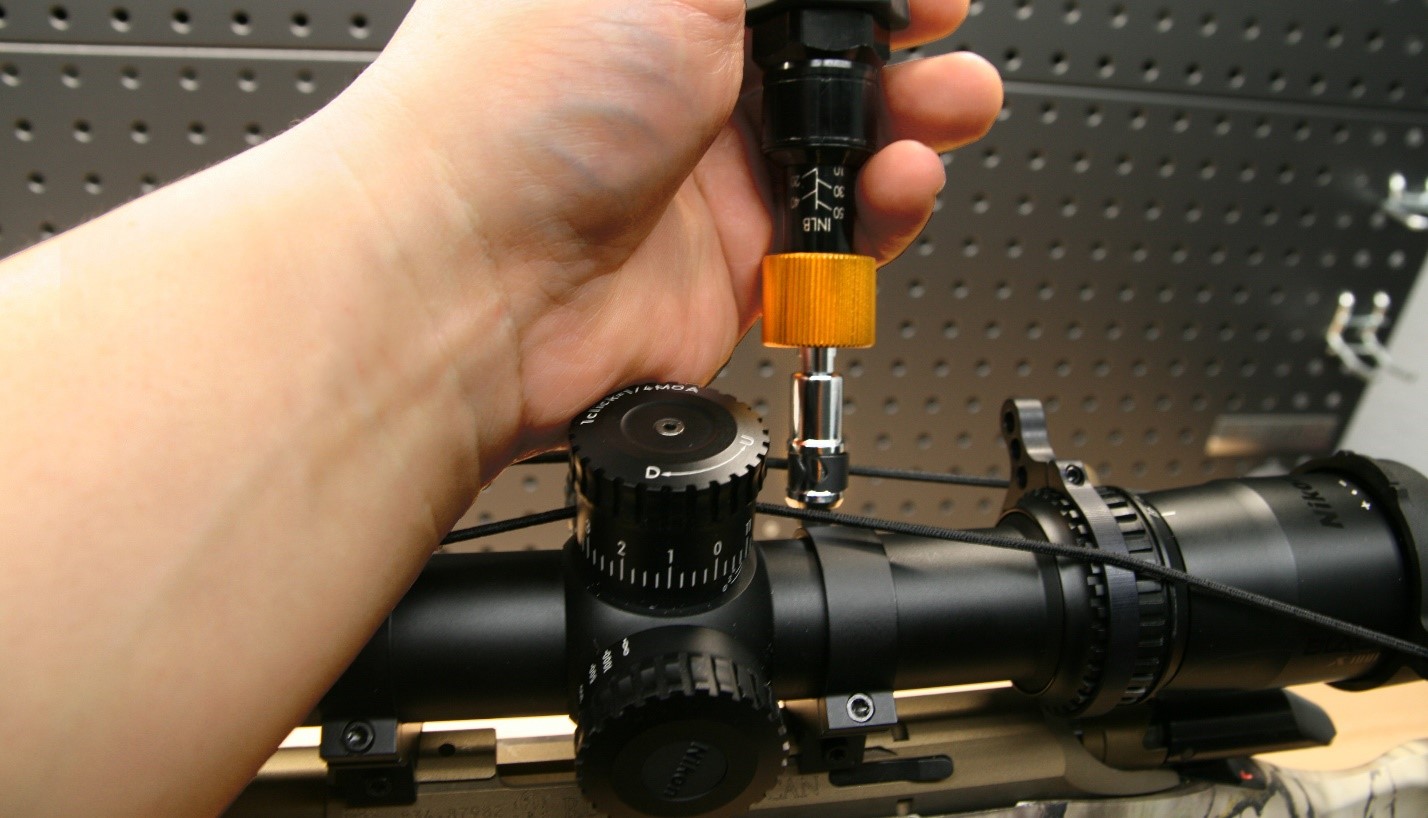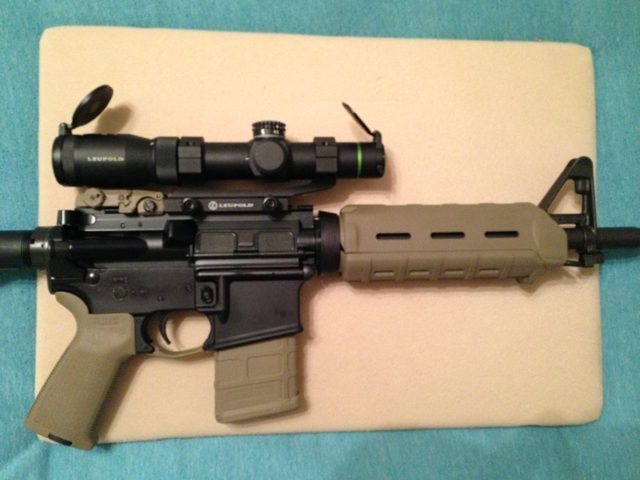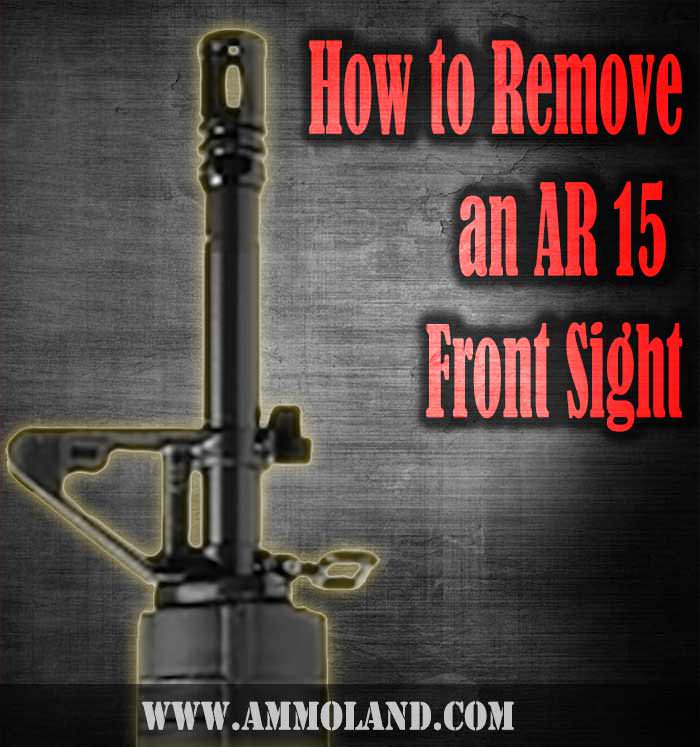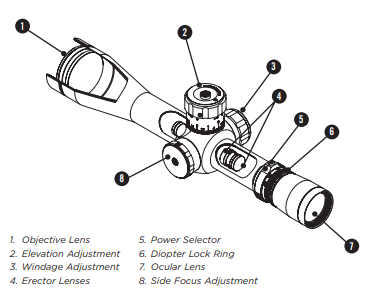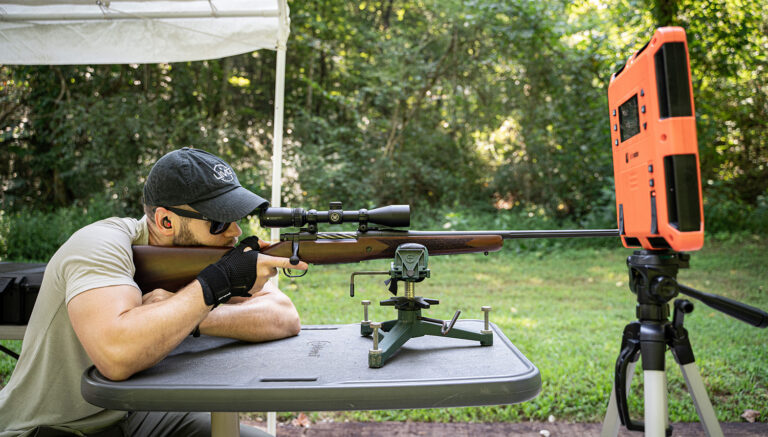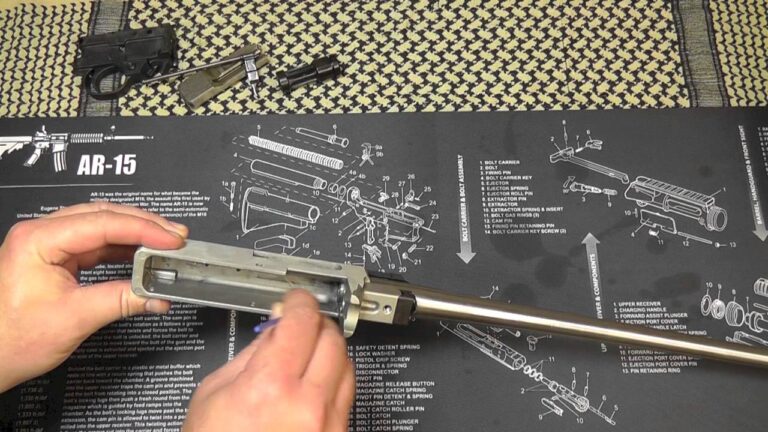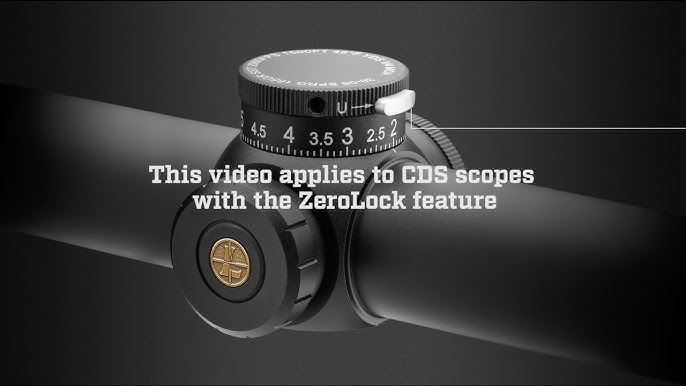How Tight To Tighten Scope Rings: Essential Tips and Techniques
Getting scope rings tightened just right is crucial for shooting accuracy. Too loose, and your scope may shift.
Too tight, and you risk damaging it. Finding the right balance can be tricky. In this guide, we will explore how tight to tighten scope rings for optimal performance. Properly tightened scope rings ensure your scope stays in place and performs well.
This task may seem simple, but it requires careful attention. Over-tightening or under-tightening can lead to problems. We will provide you with practical tips and insights. By the end, you’ll know exactly how tight your scope rings should be for the best results. Let’s dive into the details and make sure your scope is secure and ready for action.
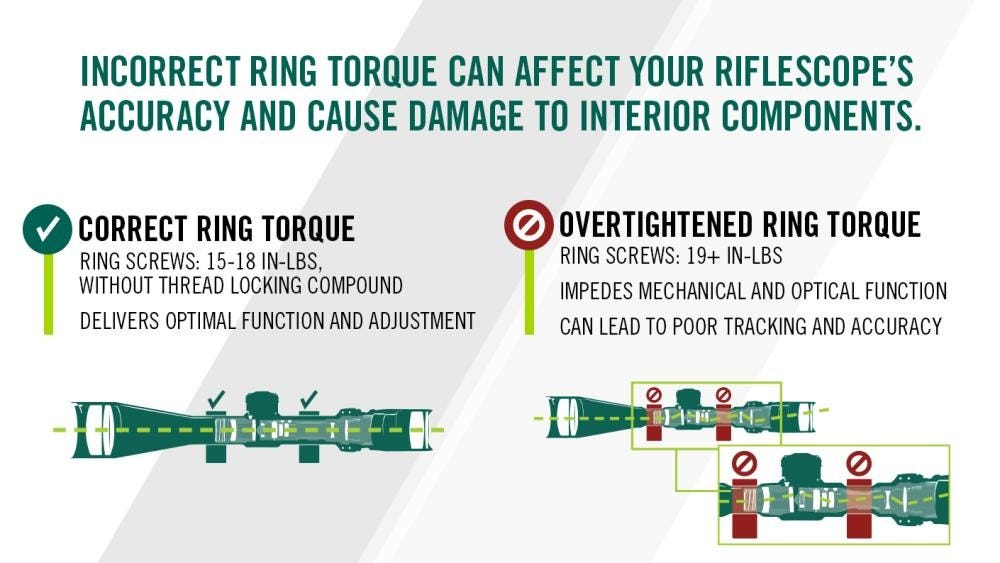
Credit: vortexoptics.com
Choosing The Right Tools
Choosing the right tools for tightening scope rings is crucial. The right tools ensure precision, safety, and longevity of your scope. Proper tools prevent over-tightening or under-tightening, which can damage the scope or mount. Using the right tools also makes the task easier and more efficient.
Essential Tools
First, get a torque wrench. A torque wrench ensures you apply the correct amount of pressure. It prevents damage to the scope and the rings. A good torque wrench is adjustable and accurate.
Next, you need a set of hex keys or Allen wrenches. These tools fit the screws on most scope rings. Ensure the keys are of high quality to avoid stripping the screws. A set with multiple sizes is best.
A screwdriver set is also important. Some scope rings use screws that require a flathead or Phillips screwdriver. Choose a set that includes various sizes to fit different screw heads.
Tool Maintenance
Maintain your tools to ensure they last long. Clean them after each use to remove dirt and debris. Store them in a dry place to prevent rust. Regularly check them for wear and tear.
Calibrate your torque wrench regularly. This ensures it provides accurate readings. Follow the manufacturer’s guidelines for calibration.
Keep your hex keys and screwdrivers in good condition. Check for wear on the tips and replace them if needed. Proper maintenance of tools ensures safety and precision in your work.
Preparation Steps
Before tightening your scope rings, it’s crucial to perform a few preparation steps. These steps ensure a proper fit and help avoid any potential damage to your scope or rifle. Follow these guidelines to make sure your scope rings are ready for tightening.
Clean Surfaces
Start by cleaning all surfaces that will come into contact with the scope rings. Use a soft cloth and a mild cleaning solution. This removes any dirt, oil, or debris that could affect the fit.
Pay special attention to the mounting surfaces on both the rifle and the scope. Clean surfaces ensure a secure and stable connection.
Inspect Scope Rings
Next, inspect your scope rings carefully. Look for any signs of wear, damage, or manufacturing defects. This step is crucial to avoid issues later on.
Check for burrs or rough edges that could scratch your scope. If you find any, smooth them out with a fine file or sandpaper.
Ensure the rings are properly aligned. Misalignment can lead to poor performance and even damage to your scope.
By following these preparation steps, you set the stage for a successful scope ring installation. Clean surfaces and a thorough inspection are key to a secure and effective setup.
Proper Torque Settings
Proper torque settings ensure scope rings are tightened just right. Over-tightening can damage the scope, while under-tightening affects accuracy. Use a torque wrench for precise tightening to avoid these issues.
Proper torque settings are crucial for mounting scope rings correctly. Over-tightening can cause damage, while under-tightening leads to instability. Using the right torque ensures your scope remains secure and performs well.Recommended Torque Levels
Manufacturers often provide recommended torque levels for their scope rings. Generally, torque settings range from 15 to 25 inch-pounds. Always check the specific recommendations for your scope and rings. For base screws, use 30 to 35 inch-pounds. This ensures a firm attachment to the rifle. For ring screws, stick to the 15 to 25 inch-pound range. This prevents over-tightening and potential damage to the scope.Torque Wrench Usage
A torque wrench is essential for applying precise torque. It ensures you do not over-tighten or under-tighten. Use a quality torque wrench calibrated for inch-pounds. Start by adjusting the torque wrench to the recommended setting. Attach the wrench to the screw and tighten slowly. Listen for the “click” sound, which indicates the correct torque. Repeat this process for each screw. Remember to check and adjust torque settings periodically. This maintains the stability and performance of your scope. “`
Credit: www.youtube.com
Securing The Scope
Securing your scope properly is crucial for accurate shooting. If your scope isn’t tight, you may miss your target. Yet, over-tightening can damage your equipment. Finding the right balance is key.
Align The Scope
Place the scope into the rings. Ensure it sits evenly. Check that the crosshairs are level. Use a bubble level if needed. This step is crucial for accuracy.
Even Tightening
Begin tightening the screws evenly. Start with one screw, then move diagonally to the next. This ensures even pressure. Do not fully tighten one screw before the others. This can misalign the scope.
Use a torque wrench for precision. Most scopes require 15-18 inch-pounds of torque. Check your scope’s manual for exact specifications. Even tightening prevents damage and ensures proper alignment.
Avoiding Common Mistakes
When mounting a scope, getting the tightness just right is crucial. Many make mistakes that can lead to poor performance or damage. Here, we’ll discuss avoiding common mistakes.
Over-tightening Risks
Over-tightening scope rings can cause serious damage. Excessive force can crush the scope tube, affecting its alignment and even breaking it. This can lead to costly repairs or the need to replace the scope entirely.
Too much pressure on the scope rings can also damage the mounting base. This compromises the stability and accuracy of your setup. Always use a torque wrench to apply the recommended amount of force.
| Issue | Consequence |
|---|---|
| Crushed scope tube | Misalignment or breakage |
| Damaged mounting base | Reduced stability |
Under-tightening Issues
Under-tightening is another common mistake. Loose scope rings can cause the scope to shift during recoil. This leads to poor accuracy and inconsistent shots.
Additionally, a loose scope can affect your zero, making it hard to hit your target. To avoid this, make sure the screws are snug but not overly tight. Always check the manufacturer’s recommended torque settings.
- Scope shift: Causes poor accuracy.
- Loss of zero: Harder to hit targets.
Ensuring the proper tightness of scope rings is essential. Avoid these common mistakes for a better shooting experience.

Credit: www.reddit.com
Testing And Adjusting
Ensuring your scope rings are tightened correctly is crucial for accuracy. After installation, testing and adjusting ensure everything is in place. This step is essential for optimal performance.
Initial Testing
Start by checking the alignment of the scope. Use a boresight to align the scope with the barrel. This reduces the need for numerous adjustments later.
Next, take your rifle to a shooting range. Fire a few test shots. Observe the pattern on your target. This helps you see if the scope needs adjustment.
If the shots are not hitting the target center, the scope rings might be too loose or tight. Adjust the screws slightly and test again.
Fine-tuning
After initial testing, it’s time for fine-tuning. Use a torque wrench to ensure the screws are tightened to the manufacturer’s specifications. This avoids over-tightening, which could damage the scope.
Perform another round of test shots. Check the consistency and accuracy of your shots. If needed, make minor adjustments to the screws.
Repeat this process until the scope is perfectly aligned. Consistent accuracy means the scope rings are correctly tightened. This ensures you are ready for precise shooting.
Regular Maintenance
Regular maintenance of scope rings is crucial for ensuring accuracy and durability. Proper care can prevent potential issues and extend the life of your equipment. This section will cover routine checks and long-term care practices to keep your scope rings in top condition.
Routine Checks
Perform routine checks to ensure your scope rings are tight enough. Regularly inspect the screws for any signs of loosening. A quick visual inspection can reveal potential problems.
Use a torque wrench to confirm the screws are at the correct tightness. This tool helps apply the precise amount of force required. Avoid over-tightening, as it can damage the scope or rings.
Check the alignment of your scope. Misalignment can affect accuracy. Reposition the scope if necessary to maintain proper alignment.
Long-term Care
Long-term care of scope rings involves regular cleaning and lubrication. Dust and debris can accumulate and affect performance. Use a soft brush to remove dirt from the rings and screws.
Apply a small amount of lubricant to the screws. This prevents rust and ensures smooth operation. Avoid using excessive lubricant, as it can attract more dirt.
Store your firearm in a dry, cool place. Extreme temperatures and humidity can cause metal parts to expand or contract. This can lead to loosening of the screws over time.
Inspect your scope rings periodically for signs of wear and tear. Replace any damaged parts promptly to maintain optimal performance.
Expert Tips
Ensuring your scope rings are tightened correctly is essential for accuracy. Over-tightening can damage your equipment. Under-tightening can cause shifts in your aim. Here are expert tips to help you get it just right.
Professional Insights
Experts recommend using a torque wrench for precise tightening. It ensures you don’t exceed the manufacturer’s specifications. Aim for a torque setting between 15-20 inch-pounds. This range is common for most scope rings.
Check your scope ring manual. Each set may have different requirements. Always follow the specific guidelines provided. Consistency is key. Tighten each screw gradually and evenly. This prevents misalignment and maintains stability.
Advanced Techniques
Consider the use of thread locker. It helps keep screws in place. Blue thread locker is usually preferred. It’s strong enough to hold, yet removable if needed.
Another advanced technique involves lapping your scope rings. This process smooths out the contact surfaces. It ensures a more secure fit. It also reduces the risk of damaging your scope. Special tools are required for lapping. Make sure you have the right equipment before starting.
Finally, always recheck your torque settings after some use. Vibration from shooting can loosen screws. Regular maintenance ensures your scope stays secure and accurate.
Frequently Asked Questions
How Tight Should Scope Rings Be?
Scope rings should be tightened to 15-20 inch-pounds. This ensures they are secure without damaging the scope.
What Happens If Scope Rings Are Too Tight?
Over-tightening scope rings can damage the scope tube. This can affect accuracy and reliability.
Can Loose Scope Rings Affect Accuracy?
Yes, loose scope rings can cause the scope to shift. This results in inaccurate shots and inconsistency.
How To Check If Scope Rings Are Tight Enough?
Use a torque wrench to check the tightness. Ensure it reads between 15-20 inch-pounds for optimal performance.
Conclusion
Properly tightening scope rings is crucial for accuracy. Keep the torque consistent. Use a torque wrench if possible. This ensures the scope stays in place. Avoid overtightening to prevent damage. Proper installation results in better shooting performance. Follow these tips for reliable results.
Your shooting experience will improve significantly. Pay attention to these details for success. Happy shooting!

